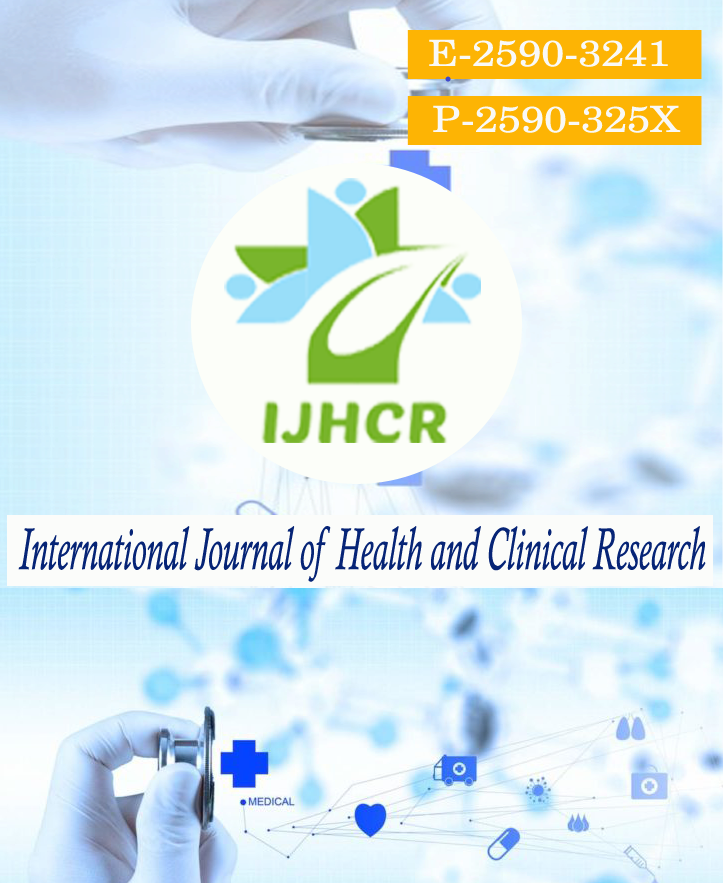A Study of Clinical Profile of Malaria and its management in Pediatric age group at urban hospital
Keywords:
Malaria, Pediatric patients, Fever, Chloroquine.Abstract
Introduction: Malaria is known to exist in India for thousands of years. Inspite of phenomenal progress in medical science in the later half of present century, malaria still continues to be a major killer of man-kind, especially in developing and under developed countries. The aim of this study was to assess the incidence of malaria in an urban hospital, with the observation of the response to routine antimalarial and to assess the clinic-pathological co-relation of malaria. Material and methods: All the selected patients were admitted in pediatric unit. Detailed records as the case history, clinical examination, laboratory investigations, and treatment given by the respective physicians were recorded. Patients with history of fever without peripheral smear positive for malaria were also included in the study as they showed response to antimalarial given empirically. Results: Out of these 100 patients, 62 (62%) were males and 38 (38%) were females. 37% cases were observed between 5-8 years 27 % cases were observed in 9-12 years and 25% were observed between 1-4 years. Chills and rigors were reported in 76%, history of duration in a range of 1-15 days. Nausea and vomiting was present in 36% where as 2% had headache, Pain abdomen was reported in 6%, cough in 30%, jaundice in 7%, convulsions in 9% and haematuria in 5%. Conclusion: Respiratory manifestations are more commonly observed in vivax malaria whereas mixed infections are presenting with less severe symptoms. In our study chloroquine was used as the first drug of choice, whereas for complicated cases quinine is the first choice of therapy, though artemisinin compounds are also useful.






 All articles published in International Journal of Health and Clinical Research are licensed under a
All articles published in International Journal of Health and Clinical Research are licensed under a 